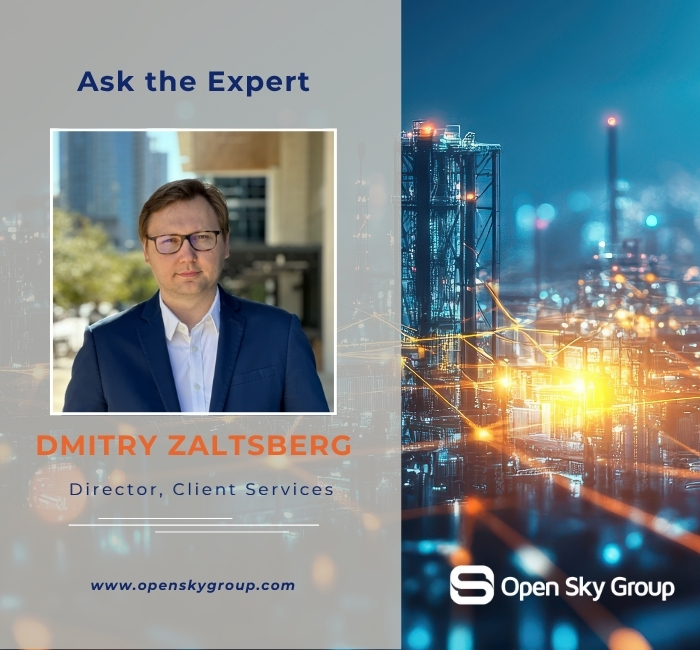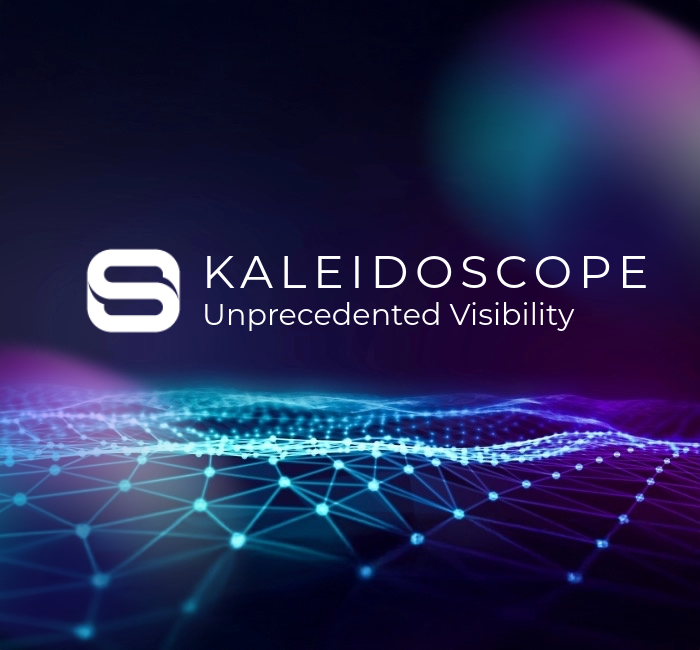September 30
Warehouse Management System Total Cost of Ownership – Part 2
Understanding a warehouse management system’s (WMS) total cost of ownership is a critical step in the success of your project. It’s not a small investment, regardless of the provider. The license itself is just the tip of the iceberg – and there’s more to it than you may be aware. Line items sometimes get hidden depending on how an estimate is written. Here is the second in our three-part series on a warehouse management system total cost of ownership. The first part covered licenses, support, and maintenance costs.
Replacements and Consumables
Many companies overlook the cost associated with replacing PCs, printers, tablets, and the like. In addition, there are several consumables that might be required to support a warehouse management system (i.e., labels & ribbon, etc.). If you decide as part of your new WMS that you will put an inbound carton label on all cartons, or inbound pallet labels on all pallets, and have not done this before, you will have a new cost. I once talked to a DC Manager who was surprised at how much more he was spending on labels and ribbons and printer paper after implementing a new WMS. Those costs were of course offset by the gains made in productivity and inventory control, however, it’s still something to account for and budget for to avoid surprises.
Enterprise Infrastructure Costs
Most of our clients have more than one warehouse and therefore it is natural to break the enterprise costs apart from facility costs. Most likely your WMS will require a server to store the data and run the centralized application, or you may be paying for hosting, or even SaaS. These costs might need to be spread out across the organization similar to how your email server costs are handled.
Facility Infrastructure Costs
You will very likely have infrastructure costs at each facility for a WMS unless you run a full, off-line paper operation at a remote storage warehouse (we have seen this done, believe it or not). These infrastructure costs can include RF guns, PCs, paper and label printers, networks (wired/wireless), tablets, etc. Even easier to overlook are those extra, related items, such as spare batteries, chargers, backup printers, for example. Those extra costs can add up over time and are important when budgeting.
Education Costs
Education costs are often underestimated or cut altogether. It may seem unnecessary, but educating your people on the new system is a vital part of the WMS implementation and its successful use going forward. There are several types of education costs you’ll want to understand:
- Initial education costs – These might include product and technical training and may be external (i.e., provider-led training classes) or internal and off-site (travel expenses will be additional) or internal and on-site.
- Recurring education costs – On-boarding for new employees will need to include system training in order to make them successful as quickly as possible. In addition, you’ll most likely want to advance the system knowledge of your existing staff.
In a warehouse staffed by all full-time W-2 employees, recurring costs will be minimal. However, in a warehouse with temporary and/or seasonal workers, the costs will be recurring and could be significant depending on the number of temporary workers. If you believe you will have a lot of recurring costs, good decisions should be made during the implementation about support materials and simple procedures that require minimal training. Technology can help here with voice pick units and of course even going with a simple process of paper or label picking might be wise especially if your workforce is continuously changing.
There will be different types of education required depending on the role(s) played by your staff (potentially operational, technical, or both) and whether or not you have a cross-training type of culture. This may affect both your initial and recurring education costs, depending on the size, levels, and roles of your workforce.
We hope we’ve given you a good start in understanding WMS — the total cost of ownership.
Posts in this WMS Total Cost of Ownership Series:
Part 1 covers licenses, support, and maintenance costs.
Part 3 covers the final type of costs, implementation, and integration.














